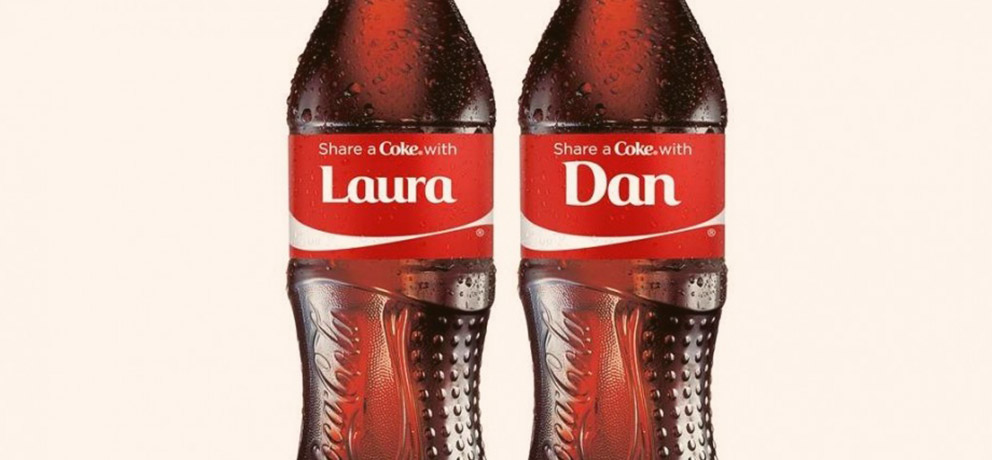Marketing isn’t a one size fits all approach. To really maximize results it’s important to think strategically about what tools to use based on the type of campaign and overall goal.
Figuring out what marketing pieces make the most sense isn’t always easy, but taking the time to lay out the objective makes it easier to figure out what tactics should be used. Beyond deciding on the types of marketing pieces, such as direct mail or branded flyers, you also need to figure out who the target audience is and what message and voice will resonate with them.
Let’s look at a few examples of where different marketing pieces and messaging should be used.
Seasonal Campaigns
Seasonal marketing is a great way to take advantage of an easy opportunity to develop creative campaigns. With limited time for these it’s important to develop a timeline and stick to it. Work backward to figure out how much time will be needed to design and develop pieces then get them into the hands of potential clients.
Your messaging should play into the theme of the season or holiday, while speaking to your target audience. Always include a call to action to encourage next steps.
Options to promote seasonal campaigns:
- Direct mail
- Coupons
- Seasonal catalogs or booklets
- In-store banners
- Custom greeting cards
Need help coming up with seasonal holidays or promotional pushes? The experts at SHOUT have a strategic approach for determining tactics that fit the initiative.
Promotional or Guerilla Campaigns
Have a special offer you’ve created or want to reach out to as many people as possible? Your message and design needs to be direct and eye-catching. These campaigns are meant to surprise audiences and are a clever practice that even limited budgets can benefit from.
Options to push promotional or guerilla campaigns:
- Flyers
- Direct mail
- Banners
- Floor or wall wraps in unexpected places
- Items for sales calls
- Sell sheets
- Brochures
- Catalogs
- Infographics
Office Settings
If customers visit your office or store location you want to make sure there are branded materials on hand that reinforce your overall messaging. Options include:
- Brochures
- Flyers
- Banners
- Wall or floor decals
- Loyalty cards
Trade Shows
At trade shows there’s always a variety of people in the audience – those who have never heard of you, loyal customers and those who know you but don’t use your product or service. Crafting messaging that means something to all of them can be difficult but it’s not impossible.
One potential way to address the array of individuals is to have a special item for your current customers. It doesn’t need to be anything big but it can go a long way toward strengthening the relationship.
You need to stand out from a crowded trade show floor to get traffic to your booth, so make sure your materials are designed to provide value and pull people in.
Options to promote company at trade shows:
- Brochures
- Sell sheets
- Custom die-cut business cards
- Attractive booth displays
Don’t forget about before and after the trade show either! Direct mail offers a way to generate excitement and get people to your booth before the show even starts. It’s also an opportunity to qualify leads and to maximize your return on investment by following up with contacts you made at the show.
When planning your next campaign think about the overall goal, print items that will support the objective and how to craft a message that speaks to your target audience. If you want a successful marketing plan that makes the most out of your budget, be sure to strategize accordingly!



